Gametes
Gametes are specialized reproductive cells that are involved in sexual reproduction. In humans and most animals, there are two types of gametes: sperm cells (male gametes) and egg cells (female gametes).
Formation of Gametes
Gametes are formed through a process called meiosis, which is a type of cell division that reduces the chromosome number by half. In males, meiosis takes place in the testes and produces four sperm cells from a single parent cell. In females, meiosis occurs in the ovaries and results in the formation of one egg cell and three polar bodies, which are eventually reabsorbed by the body.
Characteristics of Gametes
1. Haploid: Gametes are haploid cells, meaning they contain only one set of chromosomes (23 chromosomes in humans) as opposed to the usual diploid number found in somatic cells.
2. Genetic Diversity: Gametes contribute to genetic diversity through the process of genetic recombination during meiosis, which results in new combinations of genes being passed on to the offspring.
3. Mobility: Sperm cells are motile and have a tail that allows them to swim towards the egg for fertilization.
4. Nutrient Reserves: Egg cells contain a large amount of cytoplasm and nutrients to support the developing embryo after fertilization.
Role of Gametes in Reproduction
During sexual reproduction, a sperm cell fertilizes an egg cell to form a zygote, which then develops into a new organism. The combination of genetic material from the male and female gametes results in offspring with a unique genetic makeup.
Study Guide
- What are gametes?
- Describe the process of gamete formation in males and females.
- Explain the characteristics of gametes.
- Discuss the role of gametes in sexual reproduction.
- Compare and contrast sperm cells and egg cells in terms of structure and function.
- How does meiosis contribute to genetic diversity through gamete formation?
◂Science Worksheets and Study Guides Seventh Grade. Cell Processes

 Activity Lesson
Activity Lesson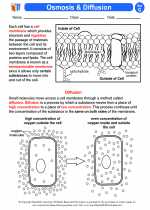
 Worksheet/Answer key
Worksheet/Answer key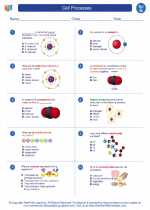
 Worksheet/Answer key
Worksheet/Answer key
 Worksheet/Answer key
Worksheet/Answer key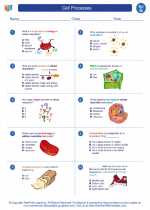
 Worksheet/Answer key
Worksheet/Answer key
 Vocabulary/Answer key
Vocabulary/Answer key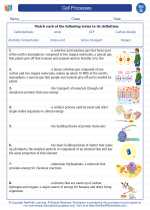
 Vocabulary/Answer key
Vocabulary/Answer key
 Vocabulary/Answer key
Vocabulary/Answer key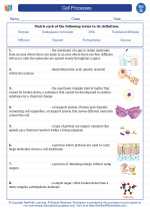
 Vocabulary/Answer key
Vocabulary/Answer key
 Vocabulary/Answer key
Vocabulary/Answer key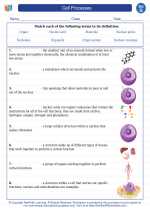
 Vocabulary/Answer key
Vocabulary/Answer key
 Vocabulary/Answer key
Vocabulary/Answer key
